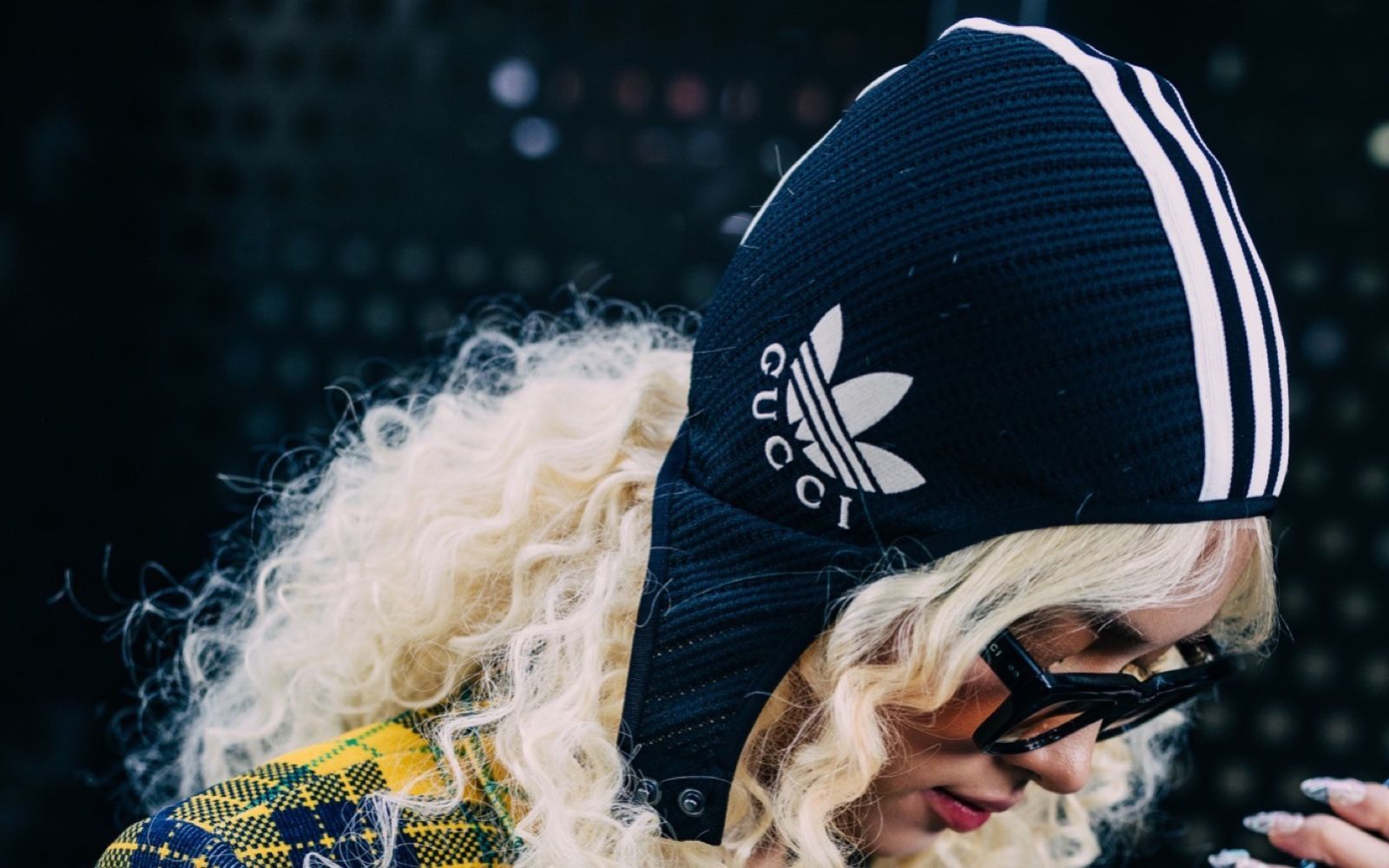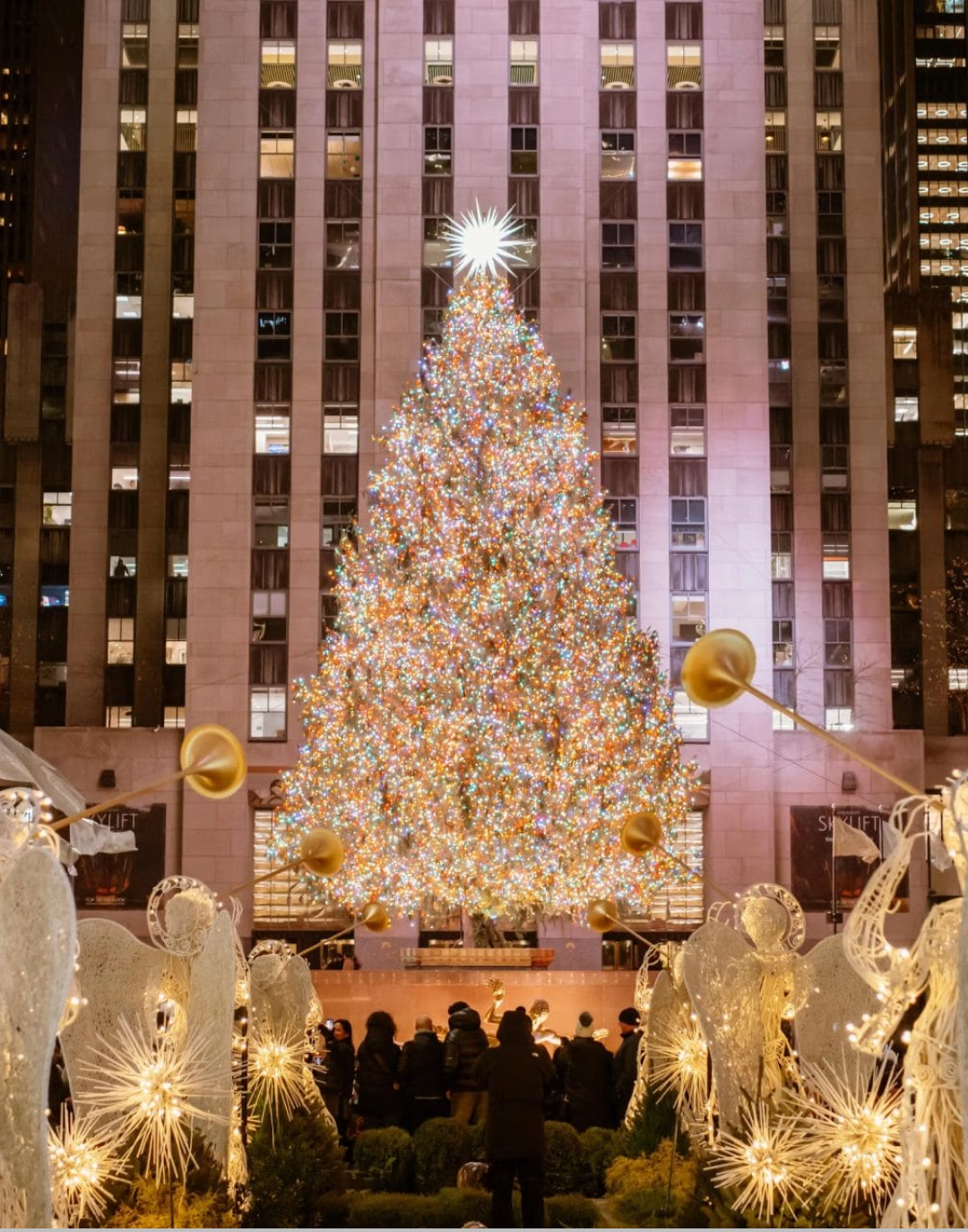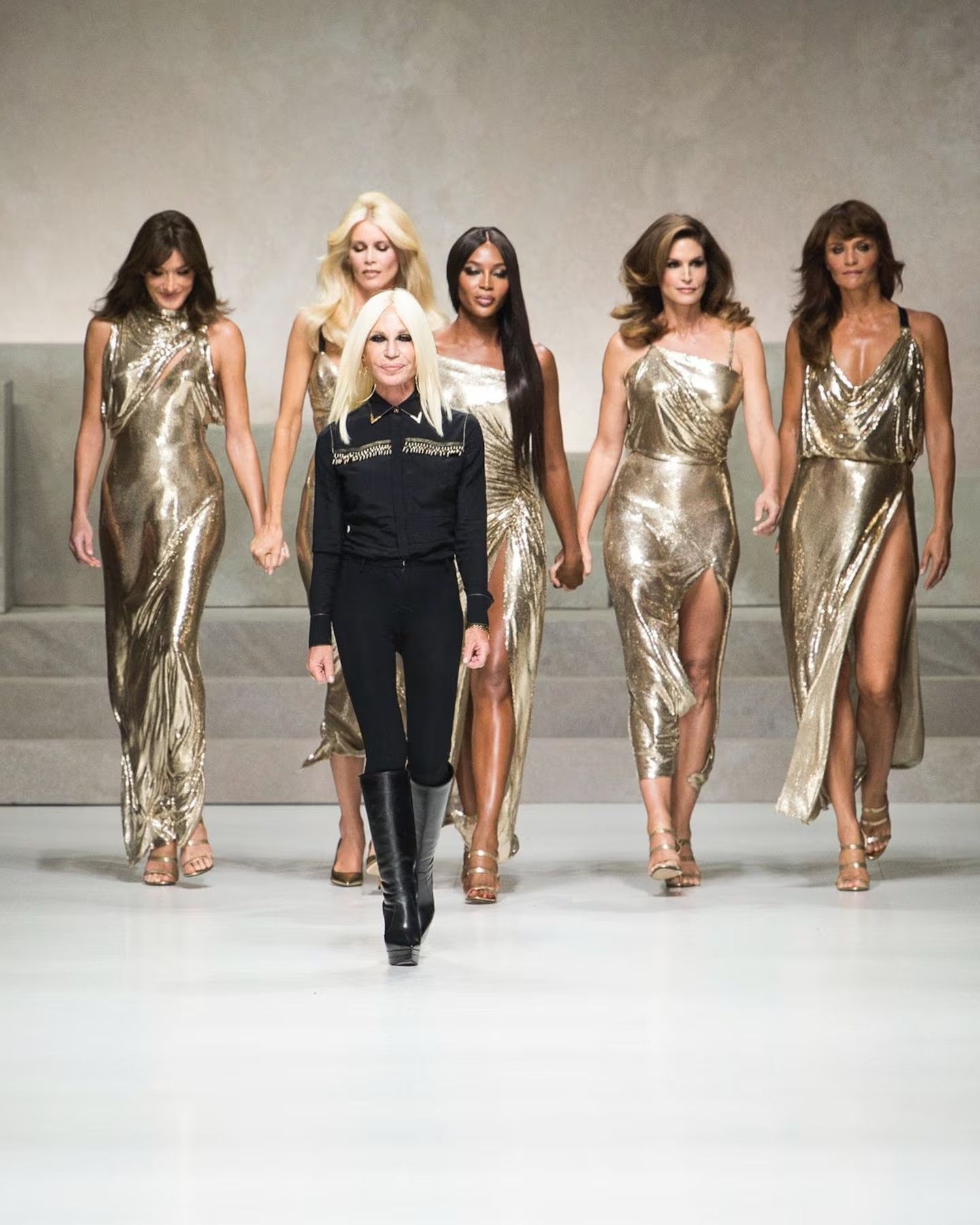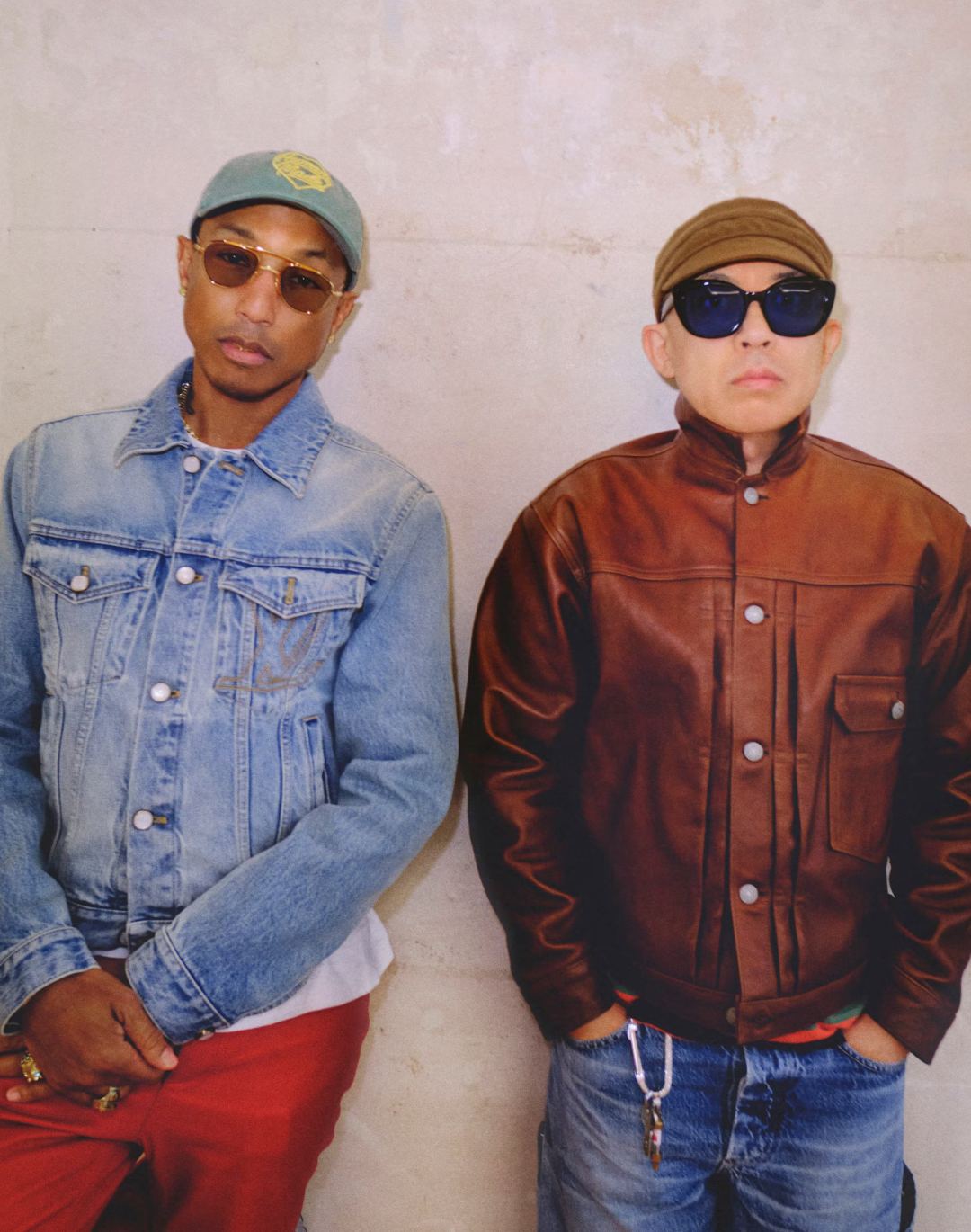
Logomania will still be seen in 2023 This is according to a survey conducted by EDITED
Recently, EDITED, a leading data company that works with brands and retailers around the world, analysed what the trends of key streetwear players will be in 2023. The streetwear strand, as much as its prominence has been scaled back, has actually redefined its aesthetic and narrative imagery throughout the course of 2022: Palace x Gucci, Supreme x Swarovski, Balenciaga x adidas, Dickies x Gucci, Dior x Denim Tears are direct embodiments of this-as well as a demonstration that the world of big high-low collaborations (but can one really speak of "low" in regard to these streetwear brands?) has never ceased to exist.
Earlier this year, Versace and Fendi combined their DNA to create a collection with two logos that doubled the appeal of both brands. Almost every brand that appears in the reports published by Lyst is instantly recognisable by a strategically placed logo: Diesel, Miu Miu or Prada work on both creating a strong visual language and spreading a logo as a seal of their work. Even Maison Valentino, a brand whose heritage is strongly dedicated to couture, presented a collection in SS23 in which the monogram became an experiment in reinterpreting the aesthetic codes of the Maison. Not forgetting, of course, the work of Kim Jones at Dior Men, who found a kind of aesthetic compromise between the heritage of Monsieur Dior, streetwear and the aesthetics of the soft boys. Dolce & Gabbana also used the logo as a label on its men's and women's clothing, reusing the brand's archive from the 1990s and early 2000s. It is therefore very likely that more and more brands will turn to the logo as a business strategy and seal of their creative process in the continuous reinterpretation of their values or in the reformulation of their image.














































